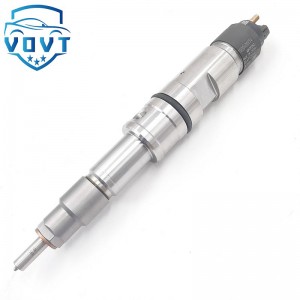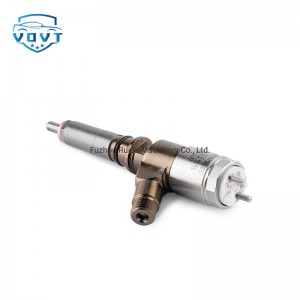Injector nozzles are among the most precise and highly stressed components in modern diesel fuel injection systems. Due to their extremely small orifices and exposure to high temperature, high pressure, and rapidly circulating fuel, they are highly susceptible to deposit accumulation. Nozzle deposits alter the effective spray hole geometry, narrow the spray cone angle, increase droplet size, and ultimately lead to incomplete combustion, reduced efficiency, and worsening emissions. Therefore, understanding the mechanisms of deposit formation and optimizing ultrasonic cleaning parameters are crucial for maintaining injector performance and ensuring stable engine operation.
The formation of deposits inside injector nozzles is primarily governed by three mechanisms. The first is thermal decomposition. The nozzle tip is exposed to severe thermal loads from combustion chamber radiation and convection, where local temperatures can exceed 350°C. Under such conditions, a portion of the liquid fuel that has not fully vaporized undergoes thermal cracking, producing carbonaceous solid residues that adhere to the spray hole walls. The second mechanism is soot backflow caused by incomplete combustion. When the in-cylinder mixture becomes locally fuel-rich, combustion generates fine soot particles. These particles can migrate upstream into the entrance of the spray hole during pressure fluctuations, leading to additional deposit growth. The third mechanism is related to fuel formulation. Fuels with high aromatic content or low cetane number tend to form gums and coke more readily, accelerating nozzle fouling under transient operating conditions.
Ultrasonic cleaning has become one of the most widely used methods for nozzle maintenance because the cavitation effect can efficiently remove carbon deposits from the inner walls of micro-orifices. To ensure thorough cleaning while avoiding damage to the sensitive nozzle surface, key ultrasonic cleaning parameters must be carefully optimized. The first parameter is ultrasonic frequency. Low frequencies (20–28 kHz) generate stronger cavitation and are suitable for heavy deposits, while higher frequencies (35–45 kHz) provide gentler cleaning and are better suited for fine spray holes where surface protection is critical. The second parameter is power density. Insufficient power results in incomplete cleaning, whereas excessive power may lead to micro-erosion of the orifice edge or needle seat. Experimental results show that an optimal range for injector nozzles is approximately 8–12 W/cm². The third parameter involves cleaning solution formulation and temperature. Adding mild alkaline or surfactant-based reagents can soften deposits, and maintaining the temperature between 50°C and 70°C enhances cavitation performance. Finally, cleaning duration must be matched to the severity of fouling, with a typical optimal cleaning time of 8–15 minutes.
Both experimental testing and numerical studies indicate that optimized ultrasonic parameters significantly reduce residual deposits and restore spray performance. After optimized cleaning, spray cone angle uniformity improves, while injection quantity deviation can be reduced by more than 20%. These results demonstrate that ultrasonic cleaning, when properly controlled, is a reliable and efficient method for recovering injector performance without risking damage to precision components.





















